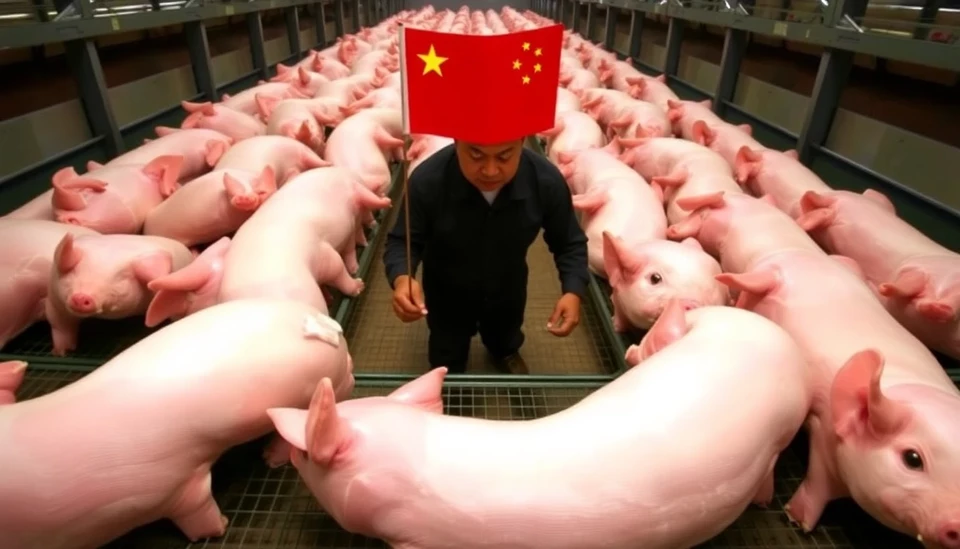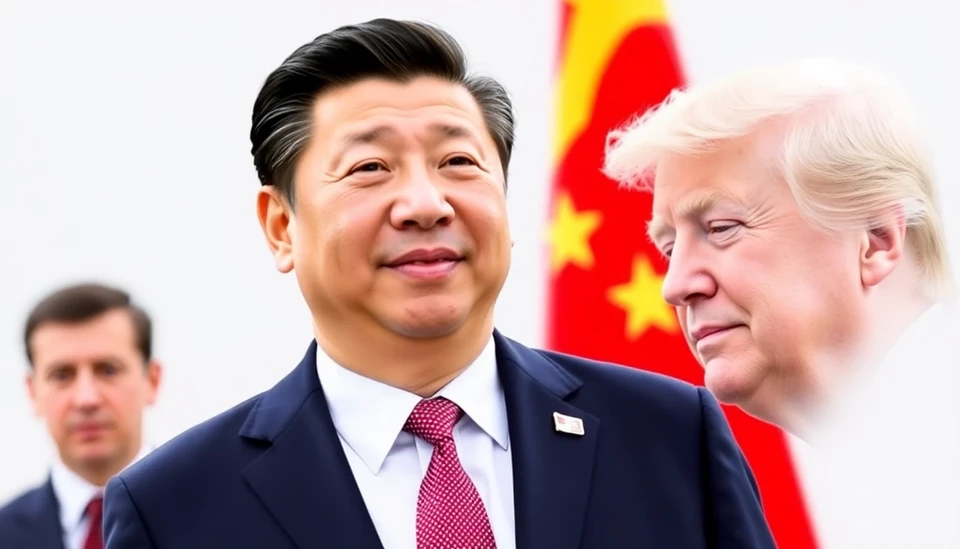
As the new year begins, China's carbon market is anticipated to experience increased pressure due to an expected surplus of carbon allowances, raising concerns among market participants and policymakers alike. This surplus is predicted to impact the pricing dynamics, potentially leading to lower costs for carbon emissions than previously forecasted.
According to recent analyses, the overabundance of allowances is primarily attributed to a lack of stringent regulations and a slowdown in the growth of carbon-intensive industries. China's government initiatives aimed at reducing carbon emissions may not have progressed as rapidly as anticipated, resulting in an excess of allowances available for trade. This particular situation offers a unique insight into the complexities of managing a rapidly evolving carbon trading system.
The surplus is compounded by the fact that many companies are not utilizing their full quota of allowances, contributing to the oversupply. Experts suggest that without significant changes or interventions from the government, the carbon price could face downward pressure. The upcoming market developments are crucial as they could undermine the efforts to incentivize companies to reduce their emissions proactively.
In response to these challenges, there are discussions within the government regarding potential adjustments to the carbon market framework, including the possibility of tightening emissions targets. This move could have a significant impact on the balance of supply and demand, which would, in turn, influence carbon pricing mechanisms across the country.
Market analysts believe that while the current surplus presents challenges, it also offers an opportunity for reform. Strengthening regulatory measures could not only help mitigate the surplus situation but also restore confidence among investors and stakeholders in the carbon market. However, the timing and nature of such reforms remain to be determined, amid ongoing debates within government and industry circles.
As China strives to meet its climate commitments and transition towards a more sustainable economy, the dynamics of the carbon market will undoubtedly play a vital role. The developments throughout 2025 will be closely monitored to assess how effectively the country can balance economic growth with environmental responsibility.
In conclusion, the impending surplus of carbon allowances poses significant risks to China's carbon pricing strategy, necessitating immediate and effective responses to prevent long-term detrimental effects on the country's climate goals.
#China #CarbonMarket #EmissionSurplus #Sustainability #ClimateChange #EnvironmentalPolicy
Author: Megan Clarke




